
Why collaborative, creative, and decentralized thinking are the keys to thrive in the next industrial age.
The time has come. The machines are finally here and they’re taking over everything. From the touchscreen order kiosk at McDonald’s to the automated voice on the FedEx customer support line to the robots sorting your next shipment of toothpaste at the nearest Amazon fulfillment center—robotics, automation, artificial intelligence, big data, and IoT are all converging to build the next economic operating system of the post-capitalist world order.
So how does one live in this age where being a human means you’re constantly fighting for economic relevance, resisting omnipresent surveillance, and trying to assert your sovereignty inside of a global superintelligence that knows your wants, needs, and motivations better than your own mother?
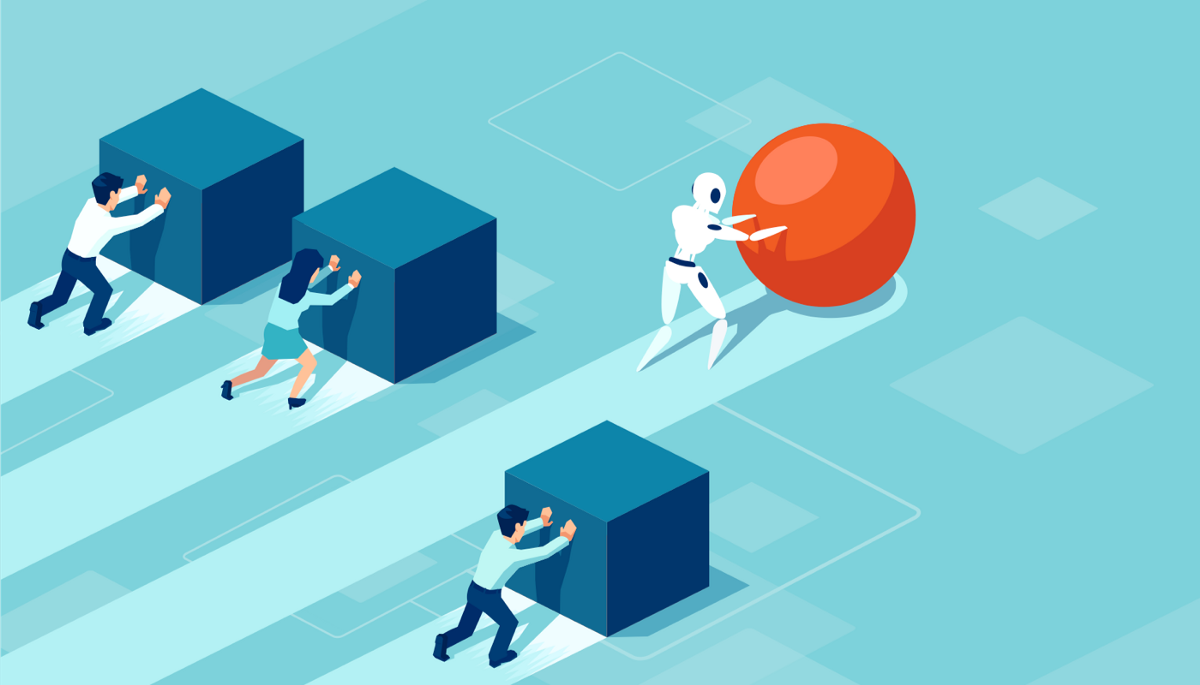
Step 1: Let The Machines Do The Work
Resistance is futile. Machines are better at a lot of things and they will continue to get better than humans at most tasks. AI is already reaching human parity in key areas of human cognition such as vision, speech, and translation. With advanced skillsets and low operating costs, it’s estimated that robots will replace a third of the U.S. workforce by 2030.
Embracing this technological change is key to riding its wave rather than getting crushed by it.
In principle, this is a great thing. AI and automation are opening up new forms of innovation and efficiency that were unimaginable in previous generations. As each new era of opportunity is built upon a prior generation’s advances, embracing this technological change is key to riding its wave rather than getting crushed by it.
While it’s estimated that over 75 million jobs could be displaced by AI and automation technologies, another 133 million new roles will emerge as companies adapt to the changing automation landscape. So if a robot comes for your work, give it to them – and work on something else. There’s plenty of problems worthy of your time.
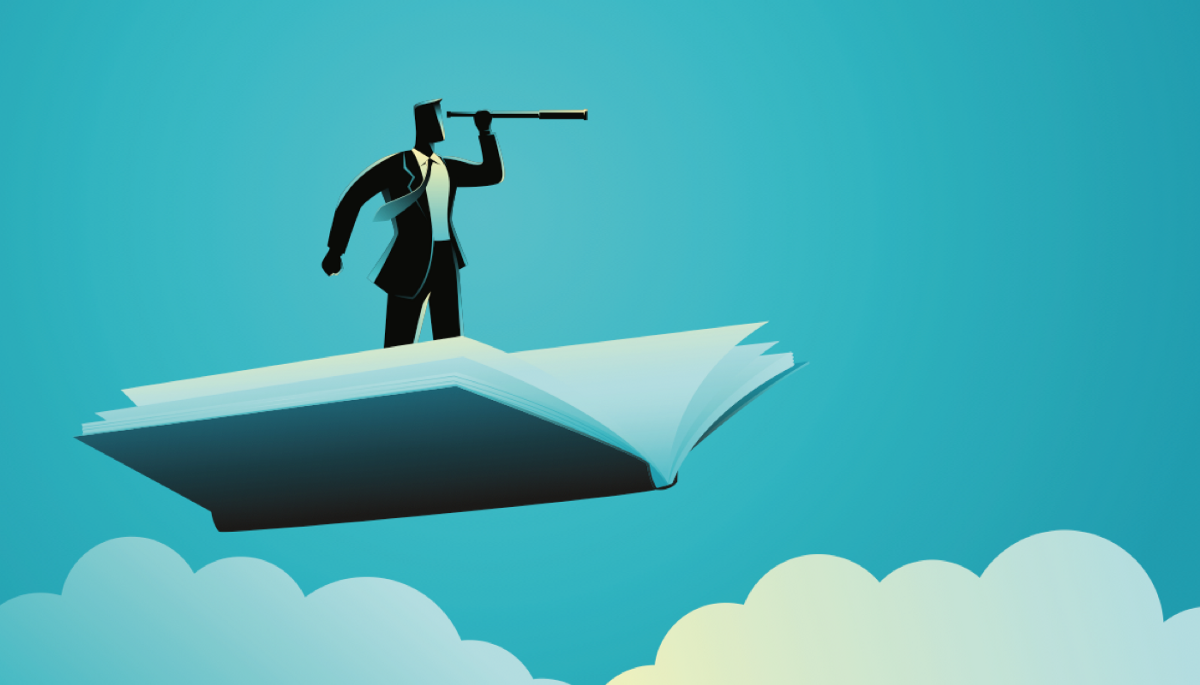
Step 2: Keep Learning
Now you’re unemployed. A robot (or software program) is better at doing your job than you ever could. Your industry has shifted quickly and the skills you’ve acquired are now obsolete.
Your ability to adapt to this new landscape is directly correlated with your ability to learn new things, master complex relationships in systems, and embrace new ways of thinking.
Evolve or die. It’s really that simple.
Luckily you were born with a supercomputer right in your head and it could benefit from regular software updates. Studies show that individuals who embrace a growth mindset—consistently challenging themselves to learn new things – perform better and have more successes throughout life. Learning increases the neuroplasticity of your brain and allows you to make connections that you might not otherwise see.
According to Peter Drucker’s Post-Capitalist Society, the new basis of wealth in the future is knowledge, rather than capital, land, or labor. As the social classes continue to be divided into knowledge workers and service workers, you must ask yourself which side of the divide do I want to be on? Do I want to be designing the machines or do I want to be replaced by the machines? The only way to stay ahead in this evolving socio-economic landscape is to keep acquiring knowledge—your ultimate currency in the automated future.
The global consulting firm Accenture, which relies heavily on specialized experts to tackle business and technology challenges for large enterprises, has retrained over 300k employees in the past four years. As human roles within the company are continually displaced by technology, the firm has developed a “Job Buddy” AI software program to help employees assess their current and adjacent skills, recommending new training courses to help employees stay ahead of the curve.
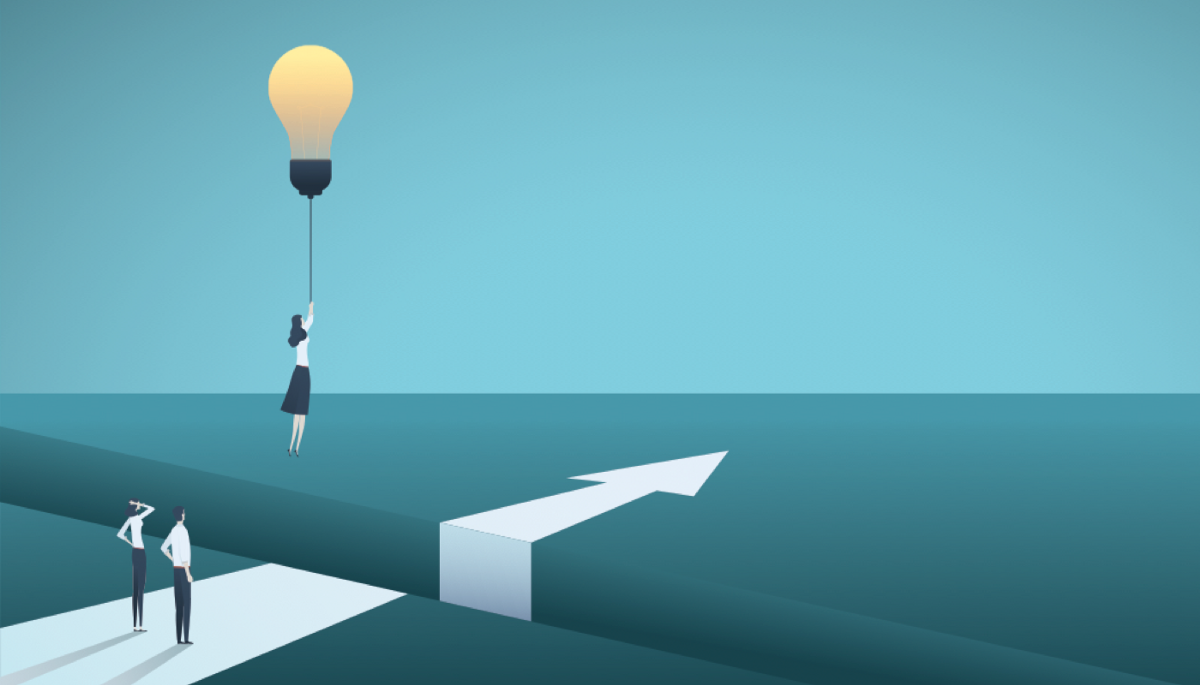
Step 3: Cultivate Your Creativity
Connecting the dots is where all new value is created going forward. As automation and artificial intelligence take over more and more of the underlying financial, production, and distribution systems of our economy, new value will be created through human ingenuity, creativity, and insight.
Humans are strategic. Machines are tactical.
In an economic landscape increasingly dominated by data and services, successful organizations are designing products and experiences that connect technology, community, culture, and design—all abstract domains that require a sophisticated understanding of how systems function and fit together. The human ability to curate, create, and connect across these domains will become increasingly valuable in the future.
LinkedIn recently researched and surveyed its database of employers to determine the top skills that companies are looking for in employees. 57% of senior leaders agree that soft skills are more important than hard skills in preparing their workforce for the future—and at the top of that list of soft skills is creativity.
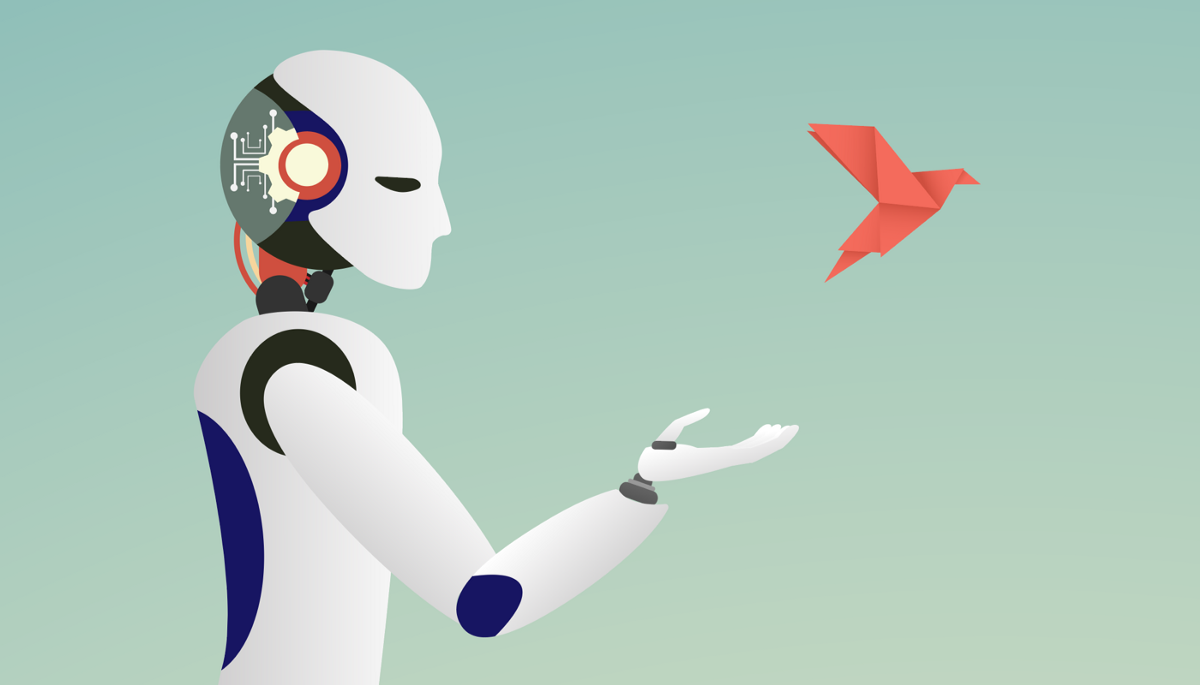
Step 4: Own Your Thoughts (and Data)
The unfortunate thing about living in our current age of Surveillance Capitalism is that: you are the product. Your data and behaviors are mined for value to optimize you within a larger techno-economic system that directly markets products and services perfectly optimized for your individual wants, desires, and needs. This is behavior modification on a mass scale and it has become so ingrained in modern social media culture, that it’s impossible to know what you’re thinking and what Facebook, Amazon, and Google’s advertisers want you to think.
If you can’t think for yourself, you can’t think creatively.
Giving all your data away for free, which is the common practice with most modern digital products and platforms, is giving all your power away to the machines and their respective private owners.
If there’s anything that kills creativity and innovation the most, it’s the centralization of thought and power. This type of concentration is a death sentence for building a better future. In the same way that planting a monoculture (the same type of crop) kills the fertility of a field, the centralization of power and resources will ultimately make society too top-heavy, which is a very unsustainable structure in the long term.
Don’t give away your value to machines—own it yourself.
Asserting your sovereignty as a human with a right to privacy is fundamental to maintaining your freedom within the automated future. You have the right to data self-sovereignty. You can control who accesses your data and who profits from it. Blockchain and encryption technology are making it technologically and economically feasible that you can control your data in a digital wallet and be compensated when someone else uses it.
In fact, the government of Bermuda is rolling out a national identity program to allow all of its citizens to have self-sovereign control of their identities, meaning that individuals, not the government, would have control over their identity data and would be able to grant access to the government, banks, utilities, and other institutions who need to use it.
The decentralization of economic power (or in this emergent age just data) is central to humans asserting their sovereignty amongst intelligent machines. Don’t give away your value to machines—own it yourself.
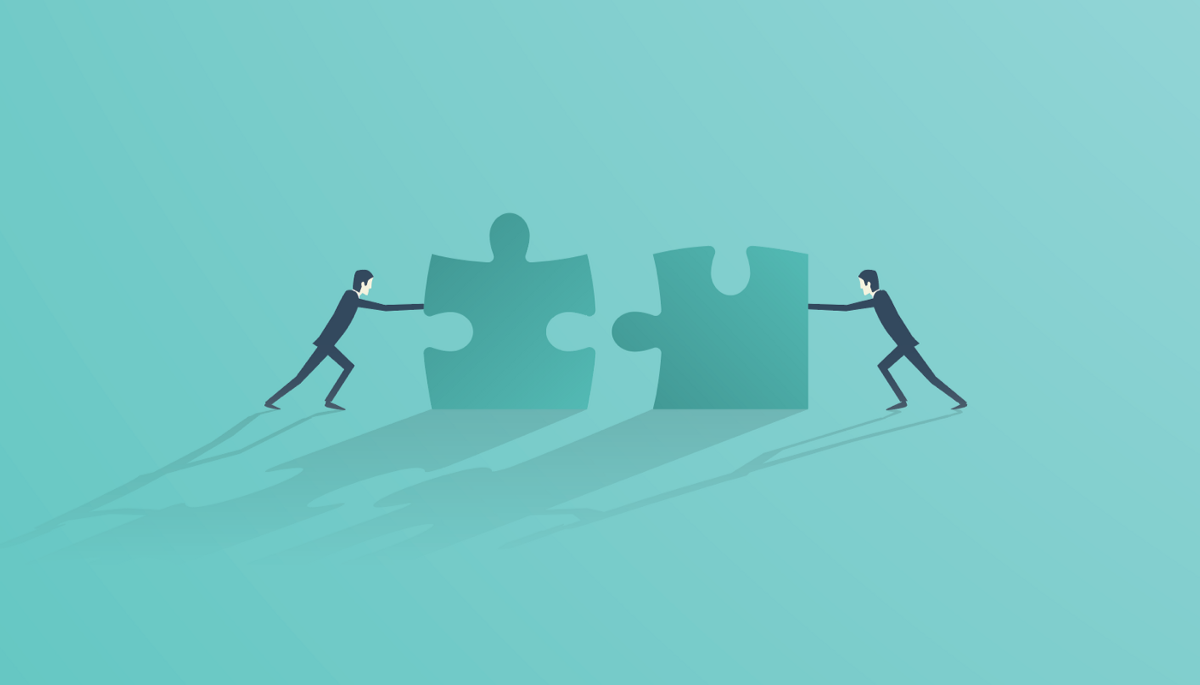
Step 5: Collaborate With Other Humans
The great thing about humans is that we’re pretty smart. And together we’re even smarter. We built this civilization and now we’re trying to colonize other planets. All this takes teams of people working together to look at problems from multiple perspectives.
Collaboration makes us stronger — it’s what makes us human.
The problems of the future require diverse thinking from people all over the world. When you share your thinking with someone else, it sparks new connections inside their own experience of reality, which inspires another new idea. Steve Jobs famously put the bathrooms at Pixar’s headquarters in a central atrium so that employees would bump into each other and spark new conversations that could lead to more creative output.
Moreover, the U.S. State Department in partnership with Massachusetts Institue of Technology (MIT) has embraced design thinking and collaboration in a year-long initiative to solve global challenges across energy, health, technology, and education domains. The MIT Solve Challenge brings together leaders across sectors for collaboration in addressing pressing global issues. This cross-disciplinary approach leverages the resources of the public sector with the expertise of the private sector to build more innovative solutions to long-term global challenges.
New ideas are the limitless well on which our evolution of humanity must draw upon. Together we can dig deeper and deeper with a bigger and bigger bucket. It just requires more people working together to pull on the rope.
Cultivating community and collaborative connection within the shared human experience is the only way to develop empathy for how complex and interdependent our survival is on this planet. Collaboration makes us stronger — it’s what makes us human.
And if Earth doesn’t make it, we’re gonna need a lot of people (and robots) working together to get us to Mars.
All Rights Reserved for Maximillian West
